Increasing Vehicle Theft Rates
The Vehicle Anti-Theft Market is experiencing growth due to rising vehicle theft rates. According to law enforcement data, vehicle thefts have surged in various regions, prompting consumers to seek enhanced security solutions. In 2025, it is estimated that vehicle thefts could reach unprecedented levels, leading to a heightened demand for anti-theft systems. This trend indicates that consumers are increasingly aware of the risks associated with vehicle ownership, thereby driving the market for advanced anti-theft technologies. As a result, manufacturers are focusing on developing innovative solutions that not only deter theft but also provide real-time tracking capabilities. The increasing prevalence of organized crime targeting vehicles further exacerbates this issue, making anti-theft measures a priority for vehicle owners.
Regulatory Compliance and Standards
The Vehicle Anti-Theft Market is also shaped by regulatory compliance and standards set by governmental bodies. Various countries are implementing stricter regulations regarding vehicle security features, compelling manufacturers to enhance their anti-theft systems. In 2025, it is anticipated that compliance with these regulations will become a critical factor for automotive manufacturers. Failure to meet these standards could result in penalties and loss of market access, thereby incentivizing companies to invest in advanced anti-theft technologies. This regulatory landscape not only drives innovation but also ensures that consumers receive vehicles equipped with effective security measures. As regulations evolve, the market is likely to witness a surge in demand for compliant anti-theft solutions, further propelling industry growth.
Growing Awareness of Vehicle Security
Consumer awareness regarding vehicle security is a pivotal driver for the Vehicle Anti-Theft Market. As vehicle theft incidents rise, individuals are becoming more informed about the importance of investing in anti-theft solutions. Surveys indicate that a significant percentage of vehicle owners are now prioritizing security features when purchasing new vehicles. This shift in consumer behavior is likely to lead to increased sales of anti-theft devices and systems. Furthermore, educational campaigns by law enforcement agencies and automotive manufacturers are contributing to this awareness, emphasizing the need for proactive measures against theft. As consumers recognize the potential financial losses associated with vehicle theft, the demand for reliable anti-theft solutions is expected to grow, thereby benefiting the market.
Rise of Electric and Autonomous Vehicles
The emergence of electric and autonomous vehicles is poised to impact the Vehicle Anti-Theft Market significantly. As these vehicles become more prevalent, the need for specialized anti-theft solutions tailored to their unique characteristics is likely to increase. Electric vehicles, for instance, often incorporate advanced technology that can be exploited by thieves, necessitating the development of sophisticated security systems. Additionally, autonomous vehicles may require new forms of anti-theft measures that address their operational complexities. In 2025, it is expected that manufacturers will focus on creating anti-theft solutions that integrate seamlessly with the technology of electric and autonomous vehicles. This trend not only presents challenges but also opportunities for innovation within the market, as companies strive to stay ahead of evolving threats.
Technological Advancements in Security Systems
The Vehicle Anti-Theft Market is significantly influenced by rapid technological advancements. Innovations such as GPS tracking, biometric systems, and mobile app integration are becoming commonplace in modern anti-theft solutions. In 2025, it is projected that the market for smart anti-theft devices will expand, driven by consumer demand for enhanced security features. These advancements not only improve the effectiveness of theft prevention but also offer convenience to users. For instance, remote immobilization features allow vehicle owners to disable their vehicles in case of theft, thereby increasing recovery rates. The integration of artificial intelligence in security systems is also expected to play a crucial role in predicting and preventing theft, further propelling the market forward.
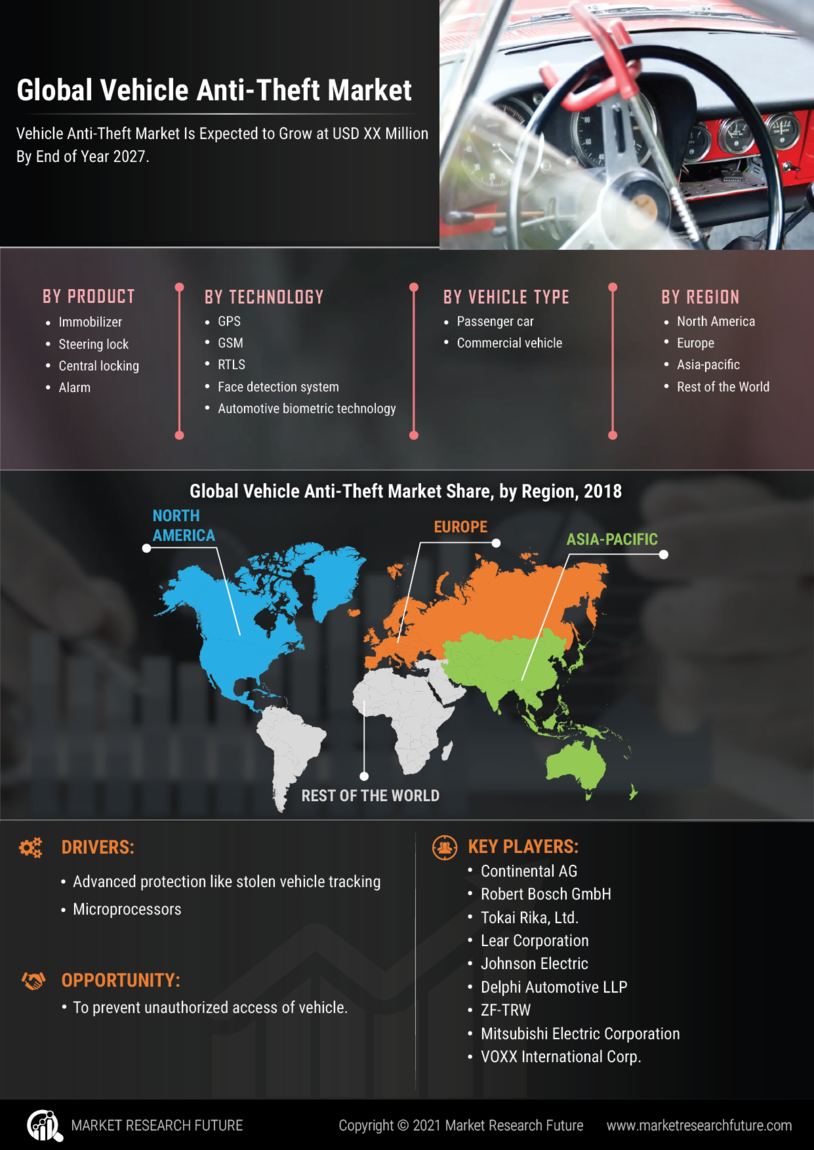

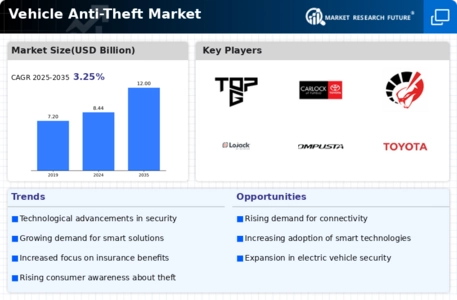
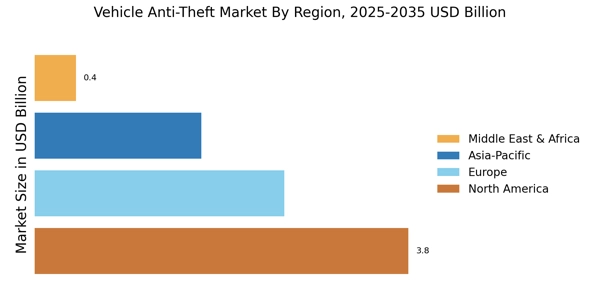
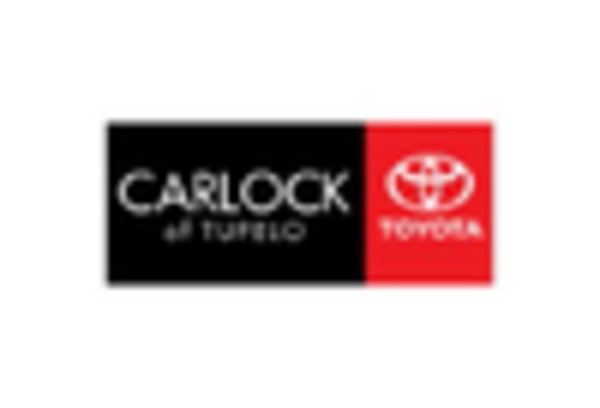
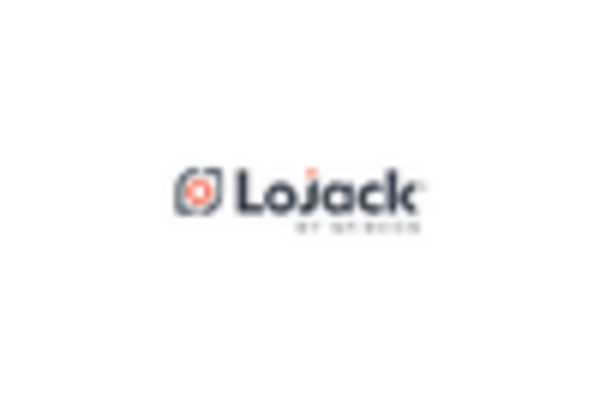
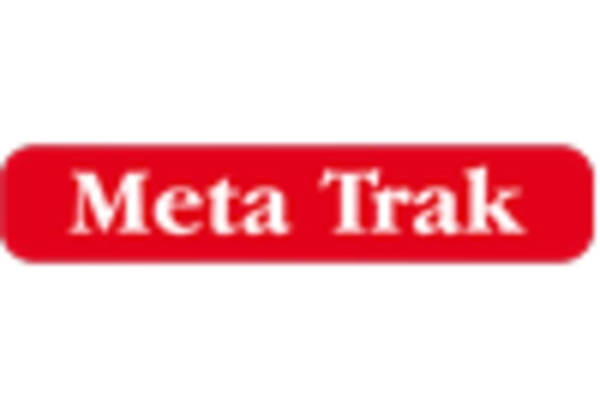
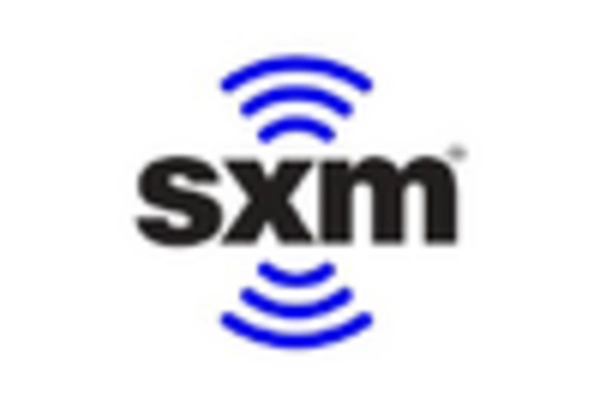
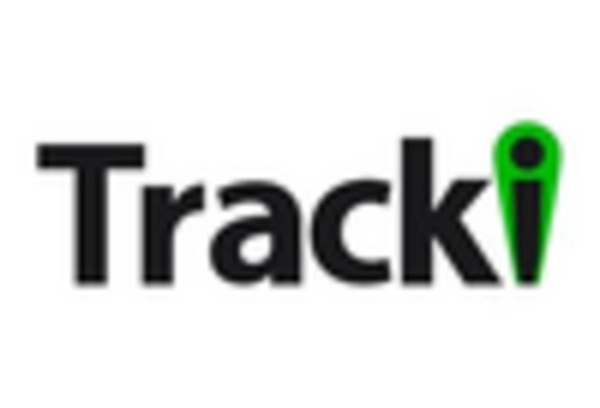
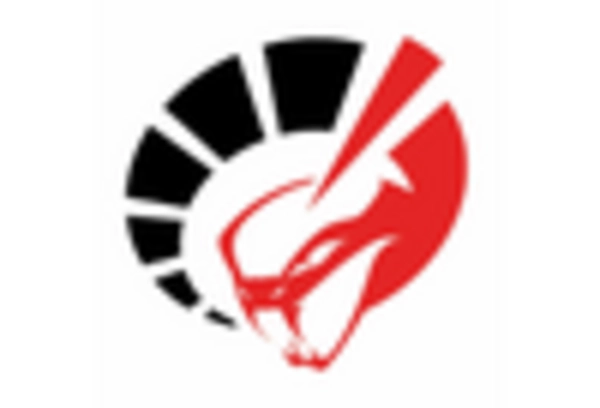








Leave a Comment